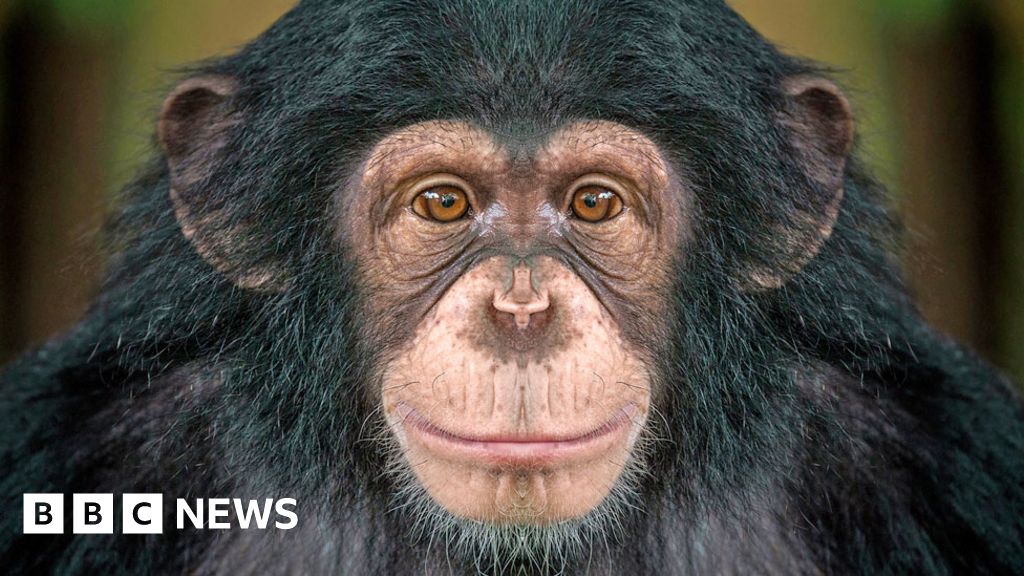

Bedford's paper also stated that human spermatozoa would not even attach to the zona surface of non-hominoid primates ( baboon, rhesus monkey, and squirrel monkey), concluding that although the specificity of human spermatozoa is not confined to Homo sapiens sapiens alone, it is probably restricted to the Hominoidea. Michael Bedford discovered that human sperm could penetrate the protective outer membranes of a gibbon egg. caballus) with 32 pairs, have been found to be interfertile, and produce semi-fertile offspring: male hybrids can breed with female domestic horses. In a direct parallel to the chimp–human case, the Przewalski's horse ( Equus ferus przewalskii) with 33 chromosome pairs, and the domestic horse ( E. Similar complexities and prevalent sterility pertain to horse–zebra hybrids, or zorses, whose chromosomal disparity is very wide, with horses typically having 32 chromosome pairs and zebras between 16 and 23 depending on species. Interfertility of horses and donkeys is common, although sterility of the offspring ( mules) is nearly universal (with only around 60 exceptions recorded in equine history). The degree of chromosomal similarity among apes is roughly equivalent to that found in equines. Some older references include Y as a match between gorillas, chimpanzees, and humans, but chimpanzees, bonobos, and humans have recently been found to share a large transposition from chromosome 1 to Y not found in other apes. Chimpanzees and humans match on 1, 2p, 2q, 5, 7–10, 12, 16, and Y as well. Chromosomes 3, 11, 14, 15, 18, and 20 match between gorillas, chimpanzees, and humans. Chromosomes 6, 13, 19, 21, 22, and X are structurally the same in all great apes.

Humans have one pair fewer chromosomes than other apes, as humans have 23 chromosome pairs, and chimpanzees have 24, with ape chromosomes 2 and 4 fused in the human genome into a large chromosome (which contains remnants of the centromere and telomeres of the ancestral 2 and 4). Īll great apes have similar genetic structure. On the other hand, rabbits and hares look very similar, but are only distantly related and cannot hybridize. For example, pugs and huskies look quite dissimilar, but belong to the same species and subspecies and can hybridize freely. However, genetic similarity, and thus the chances of successful hybridization, is not always correlated with visual appearances. Hybridization between chimpanzees and bonobos has been documented, as they share 99.6% of their genomes. Ĭhimpanzees and humans are closely related, sharing 95% of their DNA sequence and 99% of coding DNA sequences. The possibility of hybrids between humans and other apes has been entertained since at least the medieval period Saint Peter Damian (11th century) claimed to have been told of the offspring of a human woman who had mated with an ape, and so did Antonio Zucchelli, an Italian Franciscan capuchin friar who was a missionary in Africa from 1698 to 1702, and Sir Edward Coke in "The Institutes of the Lawes of England". The portmanteau humanzee for a human–chimpanzee hybrid appears to have entered usage in the 1980s. Serious attempts to create such a hybrid were made by Soviet biologist Ilya Ivanovich Ivanov in the 1920s, and possibly by researchers in China in the 1960s, though neither succeeded. The humanzee (sometimes chuman, manpanzee or chumanzee) is a hypothetical hybrid of chimpanzee and human, thus a form of human–animal hybrid.


 0 kommentar(er)
0 kommentar(er)
